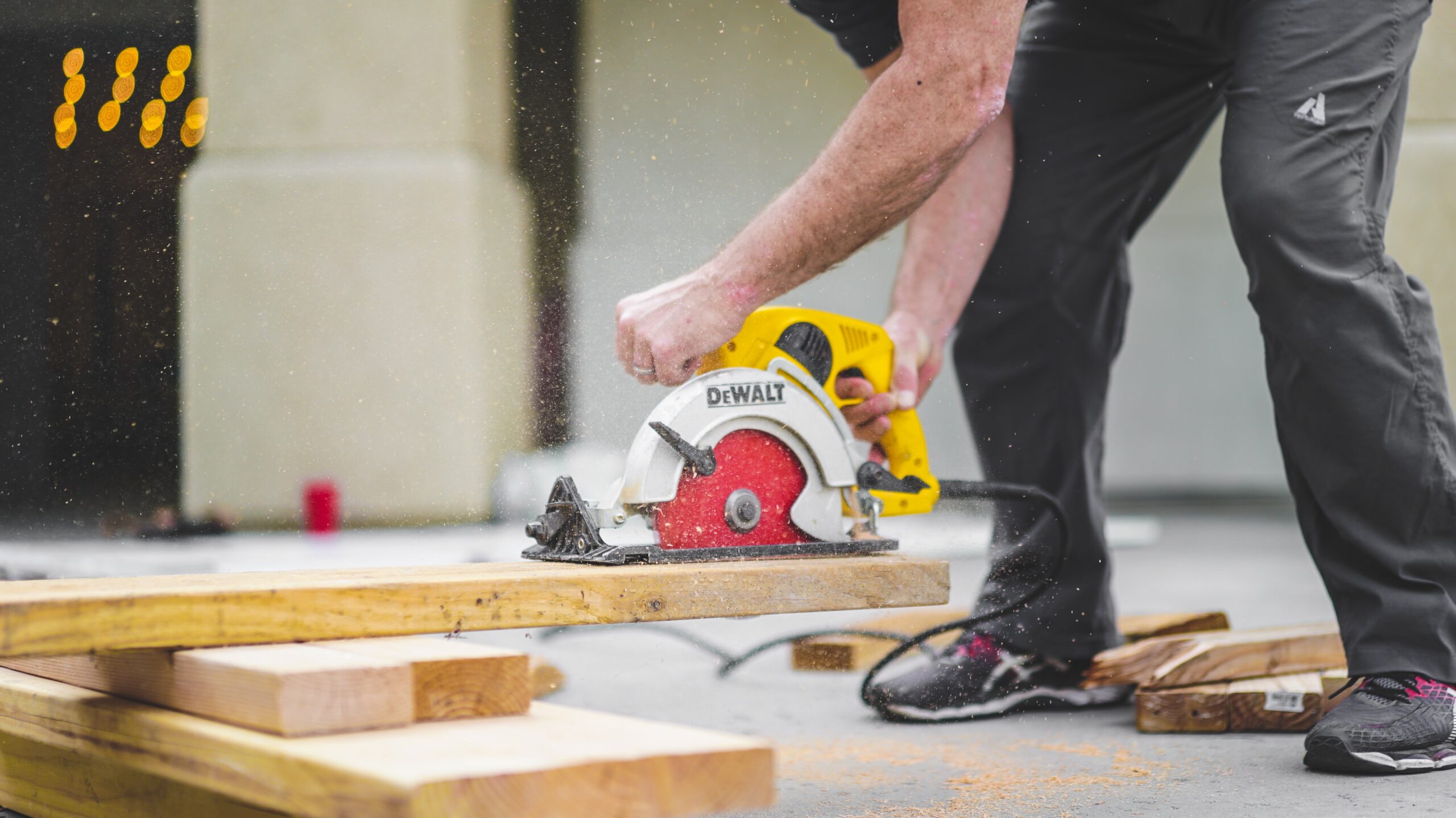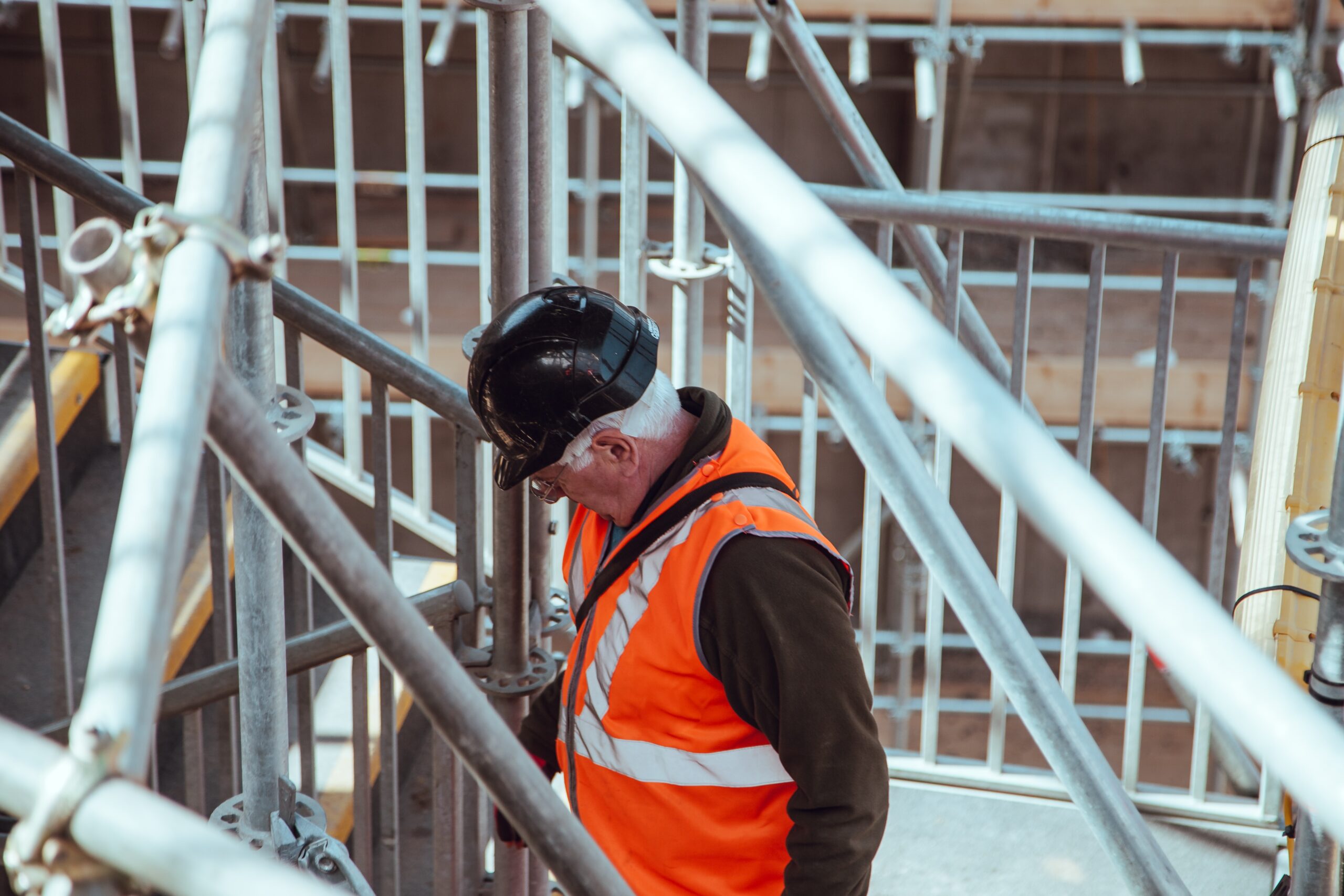
Imagine you’re the conductor of an intricate symphony. Your construction project is the performance, and each stage of work is a note played by a different instrument. In this masterpiece of creation, the first fix and second fix building works play a crucial role. The first fix lays the foundation, ensuring that the infrastructure is in place before the walls are plastered. It’s the unseen stage, like the bass notes that give depth and stability to the music. Then comes the second fix, adding the finishing touches and visible fittings that create a harmonious and aesthetically pleasing result, just like the melody that captivates our ears. So, you can see why it’s vital not to rush these stages- they’re the crescendo that brings your project to life. It’s like waiting for that perfect moment when the performance is “wind and watertight,” resilient against any outside forces, even before the final touches are added.
Understanding the Importance of First Fix in Construction Projects

Introduction
When it comes to construction projects, one cannot underestimate the importance of a well-executed first fix. The first fix refers to the initial stage of construction where infrastructure work takes place before the walls are plastered. It involves various elements such as electrical and plumbing installation, HVAC systems, insulation, and specialized systems. These stages are critical for successful project management and play a significant role in ensuring the structural integrity and functionality of a building. In this article, we will explore the definition of first fix, the stages involved, and the benefits it brings to a construction project.
Definition of Construction Fix
The first fix, also known as rough-in or shell completion, encompasses the preliminary work carried out in a construction project before the walls are plastered. At this stage, the emphasis is on laying the groundwork and installing essential infrastructure systems. It is crucial to understand that first fix involves the installation of the hidden components of a building, which are not visible once the project is completed. These components include electrical wiring, plumbing pipework, HVAC systems, insulation, and other specialized systems. The first fix essentially establishes the foundation for the second fix, which involves the installation of visible fittings and finishes, such as flooring and tiling.
Stages of First Fix
To better understand the concept of first fix, let’s delve into the various stages involved in this critical phase of the construction process.
Preparation and Planning
Before commencing any first fix works, thorough preparation and planning are essential. This stage involves evaluating architectural plans, obtaining necessary permits and approvals, and creating a detailed schedule. Adequate planning ensures that all the required materials, equipment, and labor are available when needed, minimizing the risk of delays or disruptions during the first fix phase.
Infrastructure Work
The infrastructure work is the initial step in the first fix, focusing on laying the foundations and footings of the building. This stage involves excavating the site, pouring concrete, and constructing the structural framework. The structural framework forms the skeleton of the building, supporting the floors, walls, and roof. Once the structural framework is in place, the construction project reaches the “wind and watertight” stage, meaning the shell of the building is complete and weatherproof, even if windows and doors haven’t been installed yet.
Electrical and Plumbing Installation
One of the most crucial aspects of the first fix is electrical and plumbing installation. This stage involves laying the groundwork for electrical wiring, plumbing pipework, and other related systems. Electricians will install electrical cables, sockets, switches, and fuse boxes, while plumbers will lay pipes for water supply, heating systems, and drainage. It is essential to ensure that all electrical and plumbing connections are accurately installed, as any mistakes or deficiencies can prove costly to rectify at a later stage of the construction project.
HVAC Systems Installation
The installation of the heating, ventilation, and air conditioning (HVAC) systems is another vital stage of the first fix. HVAC systems are responsible for regulating the temperature and air quality within a building, providing comfort to occupants. This stage comprises installing heating systems, such as boilers or radiators, ventilation systems for fresh air circulation, and air conditioning units for cooling. Proper installation of HVAC systems is crucial to maintain a comfortable and healthy indoor environment.
Insulation and Soundproofing
Insulation and soundproofing play a significant role in enhancing the energy efficiency and acoustic performance of a building. This stage involves the installation of thermal insulation materials to prevent heat loss and gain, improving the building’s energy efficiency. Soundproofing materials are also installed to minimize noise transmission between different areas of the building, ensuring a peaceful environment. Proper insulation and soundproofing contribute to occupant comfort and can result in significant energy savings in the long run.
Installation of Specialized Systems
In addition to the essential infrastructure elements, first fix also includes the installation of specialized systems specific to the requirements of the project. These specialized systems may include home automation and smart systems, audio-visual systems, fire suppression and sprinkler systems, emergency backup systems, and environmental control systems. The installation of these systems should be carefully planned and executed to meet the project’s unique needs and ensure optimal functionality.
Testing and Certifications
Once the first fix stages are complete, it is crucial to conduct thorough testing and obtain necessary certifications. This ensures that all the installed systems meet safety regulations and perform as intended. Electrical wiring, plumbing connections, and HVAC systems are typically subjected to rigorous testing to identify any faults or deficiencies. Obtaining certifications from relevant authorities guarantees that the construction project meets required standards and provides peace of mind to both the developer and future occupants.

Benefits of First Fix
Understanding the importance of first fix in construction projects is crucial for successful project management. Here are some of the key benefits associated with a well-executed first fix:
Ensures Structural Integrity
The first fix stage establishes the foundation for the entire construction project. By focusing on infrastructure work and key installations, it sets the stage for a structurally sound building. Properly installed foundations, frameworks, electrical wiring, plumbing systems, and HVAC units ensure the building’s stability and longevity.
Allows for Future Adaptations
Thorough planning and execution during the first fix stage enable flexibility for future adaptations. By considering potential future requirements, such as additional electrical outlets or plumbing connections, the construction project can cater to changing needs without significant disruptions or additional costs. The first fix phase is the ideal time to anticipate and accommodate potential modifications.
Reduces Potential Damage
By completing vital installations and infrastructure work at an early stage, the risk of damage to finished surfaces is greatly reduced. Working on the first fix before plastering the walls allows tradespeople to address any potential issues or make adjustments without causing damage to walls, flooring, or other visible finishes.
Minimizes Disruption during Second Fix
A well-executed first fix minimizes disruptions during the second fix phase, where visible fittings and finishes are installed. By ensuring that all necessary infrastructure work is completed during the first fix, the focus can shift to the aesthetic aspects of the project without delays, interruptions, or the need for extensive remedial work.
Optimizes Overall Project Management
The first fix sets the pace and tone for the entire construction project. Thorough planning, careful execution, and timely completion of the first fix stages contribute to efficient project management. By adhering to a comprehensive schedule and addressing all necessary installations, the construction project is more likely to stay on track, minimizing delays and reducing costs.
In conclusion, understanding the importance of the first fix in construction projects is critical for successful project management. The first fix encompasses essential infrastructure work, electrical and plumbing installation, HVAC systems, insulation, and specialized systems. Thorough planning, proper execution, and thorough testing during the first fix stages lay the foundation for a structurally sound and functional building. By recognizing the benefits of a well-executed first fix, construction projects can be completed more efficiently, adapt to future needs, and provide maximum comfort and satisfaction to occupants.











